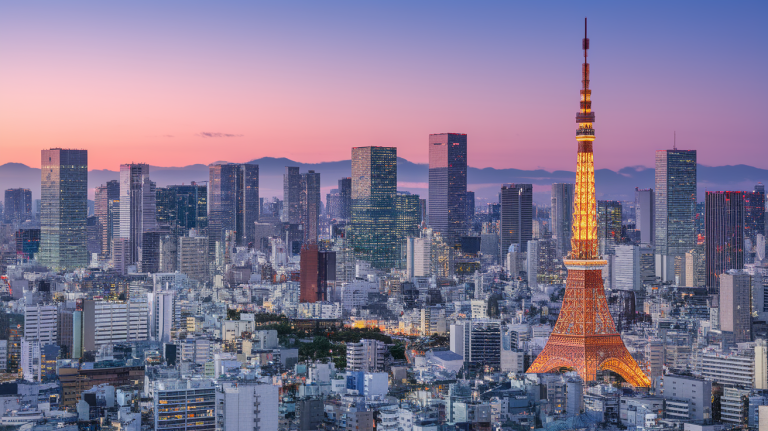Best Vietnam Travel Guide: 9 Must Tips (14 days itenary)
You’re standing in a bustling Hanoi street market at dawn, steam rising from countless bowls of pho while motorbikes weave through ancient alleyways like a perfectly choreographed dance. Are you curious to explore the best Vietnam travel guide? I got you!
Vietnam captivates over 18 million visitors annually, yet most travelers make the same costly mistakes that turn dream vacations into logistical nightmares.
Whether you’re a solo backpacker with a tight budget or a family seeking luxury experiences, planning your Vietnam 2 Week Itinerary can feel overwhelming.
How do you balance must-see destinations like Ha Long Bay with authentic local experiences? What’s the perfect pace for your Vietnam Trip without missing those hidden gems that make your Asia Travel Itinerary truly unforgettable?
From bustling Ho Chi Minh City to the terraced mountains of Sapa, your 14 days in Vietnam should flow seamlessly—not feel rushed.
This complete Vietnam Travel Guide reveals the insider secrets that transform ordinary tourists into savvy travelers, including the little-known timing trick that saves you 40% on accommodations.
Ready to craft your perfect Vietnam Voyage? These 9 essential Vietnam Travel Tips will revolutionize how you experience Southeast Asia’s most captivating destination.
Discover the Perfect 14 Days in Vietnam: Your Ultimate Route Planning Strategy

Crafting your Vietnam 14 days Week Itinerary starts with understanding Vietnam’s incredible diversity—from bustling cities to pristine beaches and misty mountains.
The classic north-to-south route works brilliantly: spend 4 days exploring Hanoi and Ha Long Bay, 3 days in central Vietnam (Hoi An and Hue), then finish with 7 days between Ho Chi Minh City and the Mekong Delta.
Sarah, a solo traveler from Australia, shared: “I initially planned 10 days, but Vietnam’s magic made me extend to two weeks—best decision ever!” Your Vietnam Trip Itinerary should allow flexibility for spontaneous discoveries.
Budget travelers can cover this route for $30-50 daily using local buses and homestays, while luxury seekers might spend $200+ daily on private transfers and boutique hotels.
Book domestic flights 2-3 weeks ahead for better deals—Vietnam Airlines often offers multi-city packages starting at $180.
Pro tip: Leave 2-3 buffer days unplanned. Vietnam’s charm lies in unexpected moments, whether it’s stumbling upon a hidden café in Hanoi’s Old Quarter or extending your beach time in Phu Quoc. This flexible approach transforms your Asia Travel Itinerary from rushed tourism into meaningful exploration.
Experience Vietnam’s Must-See Destinations: Building Your Dream Vietnam Trip Itinerary

Your Vietnam Must See list should balance iconic landmarks with authentic experiences that capture Vietnam’s soul. Ha Long Bay’s emerald waters and limestone karsts are undeniably spectacular—book an overnight cruise ($45-300) for sunrise views that’ll dominate your Instagram feed. However, don’t overlook Cat Ba Island’s hiking trails or Lan Ha Bay’s quieter beauty.
In central Vietnam, Hoi An’s lantern-lit Ancient Town becomes magical after sunset. Visit during the full moon for the monthly Lantern Festival—locals release colorful lanterns onto the Thu Bon River, creating an enchanting spectacle. Hue’s Imperial City offers profound historical insights, while the Perfume River cruise costs just $3 but delivers million-dollar memories.
Southern Vietnam’s energy peaks in Ho Chi Minh City’s District 1, where rooftop bars offer skyline views for $8-15 cocktails.
The Cu Chi Tunnels ($6 entry) provide sobering war history, while the Mekong Delta’s floating markets showcase rural Vietnamese life.
Lisa, a family traveler, noted: “We initially worried about over-scheduling our Vietnam 2 Week Itinerary, but each destination offered unique experiences our kids still talk about months later.” Balance planning with spontaneity—Vietnam rewards curious travelers.
Uncover the Best Time to Visit Vietnam: Weather Secrets for Your 2 Week Adventure

Timing your Vietnam Voyage perfectly depends on regional climate variations that most travelers overlook. Vietnam stretches over 1,000 miles, creating three distinct weather zones that never align perfectly—but that’s actually good news for your 14 days In Vietnam!
March to May offers the sweet spot: northern Vietnam enjoys mild temperatures (20-25°C), central regions avoid heavy rains, and southern beaches bask in sunshine.
Avoid July-September in central Vietnam due to typhoon season, though northern mountains like Sapa offer cool respites and terraced rice fields at their greenest.
Here’s an insider secret: December to February sees fewer crowds and lower accommodation prices (30-50% savings), especially in Ho Chi Minh City and the Mekong Delta. Northern Vietnam gets chilly (10-15°C), but Hanoi’s cozy cafés and hot pho create perfect winter ambiance.
Jake, a budget backpacker, discovered: “Traveling To Vietnam in shoulder season meant luxury hotels for budget prices—I stayed in a $200/night Hoi An resort for just $85!”
Monsoon seasons vary by region: May-October affects the north and south differently. Central Vietnam’s dry season (February-July) perfectly aligns with shoulder season pricing, making it ideal for your Vietnam Travel Tips strategy of maximizing value while minimizing crowds.
Explore Vietnam on Any Budget: Money-Saving Tips for Your Vietnam Vacation
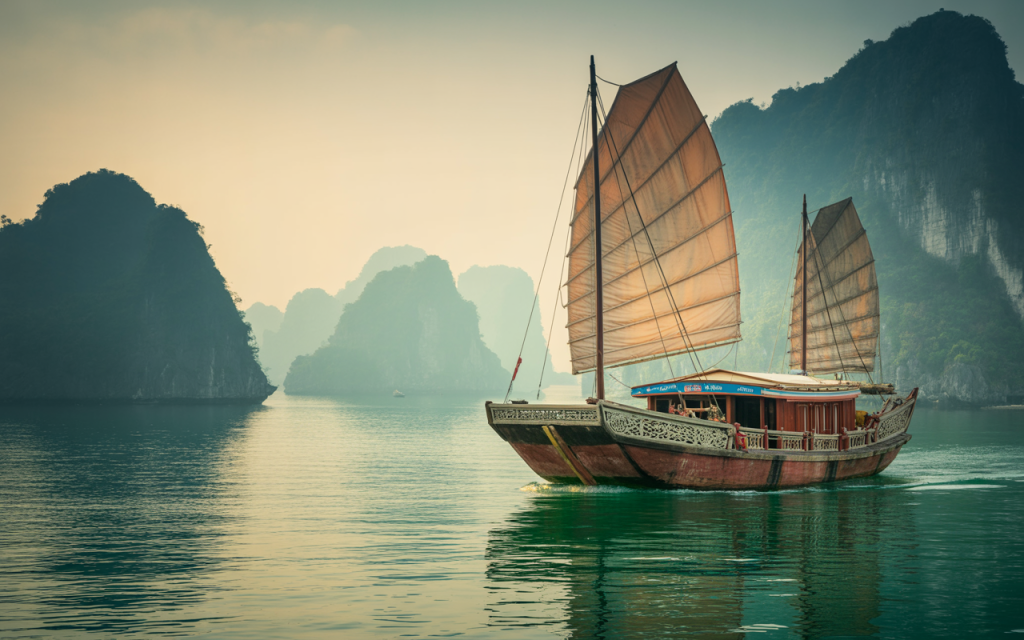
Your Vietnam Holidays budget can stretch incredibly far with insider knowledge that transforms expensive experiences into affordable adventures.
Street food delivers authentic flavors for $1-3 per meal—pho costs 30,000-50,000 VND ($1.20-2), while upscale restaurants charge $15-25 for similar quality.
Accommodation varies dramatically: dorm beds start at $6-12 in hostels, mid-range hotels run $25-50, while luxury resorts command $100-300+ nightly. Book directly with smaller hotels for 10-20% discounts, especially during weekdays.
Transportation offers the biggest savings opportunities. Local buses cost $0.50-2 for city travel, while Grab (Vietnam’s Uber) charges $1-5 for most urban trips. Overnight buses between major cities ($12-20) save accommodation costs and travel time simultaneously.
Maria, a luxury traveler, shared: “I splurged on a $400 Ha Long Bay suite but saved by eating street food lunches—the contrast made both experiences more memorable!” This high-low approach maximizes your Vietnam Trip value.
Hidden money-savers include temple stays ($10-15/night), homestays in rural areas ($15-25 including meals), and local SIM cards ($5 for 30GB data) instead of international roaming. Your Asia Trip budget benefits from Vietnam’s incredible value proposition—just spend wisely on experiences that matter most.
Why Visit Vietnam’s Hidden Gems? Beyond the Tourist Trail in Your Asia Travel Itinerary

Your Vietnam Itinerary transforms from good to extraordinary when you discover destinations that don’t appear in every guidebook.
While millions flock to Ha Long Bay, nearby Bai Tu Long Bay offers identical scenery with 80% fewer crowds and 30% lower prices. Local boat operators in Hon Gai port charge $25-35 for day trips versus $60-100 for popular tour packages.
Phong Nha-Ke Bang National Park houses the world’s largest caves, including Son Tra Cave where you can swim in underground rivers.
Adventure tours cost $15-45, but the experience rivals New Zealand’s famous caves at fraction the price. Stay in Phong Nha town’s guesthouses ($12-20/night) for authentic interactions with locals who share incredible stories about living above this underground wonderland.
Northern Vietnam’s Ha Giang Loop delivers motorcycle adventures through ethnic minority villages, but requires careful planning.
Rent semi-automatic bikes ($8-12/daily) and join guided groups ($35/day including meals and accommodation) for safety and cultural insights.
David, an adventure photographer, revealed: “The Vietnam Travel Guide books missed Pu Luong Nature Reserve completely—terraced rice fields rival Sapa’s beauty without tourist buses!”
This hidden valley offers homestays with local families ($20 including home-cooked meals) and bamboo rafting experiences ($8) that create authentic connections impossible in crowded destinations.
Navigate Vietnam Like a Pro: Transportation Tips for Traveling to Vietnam
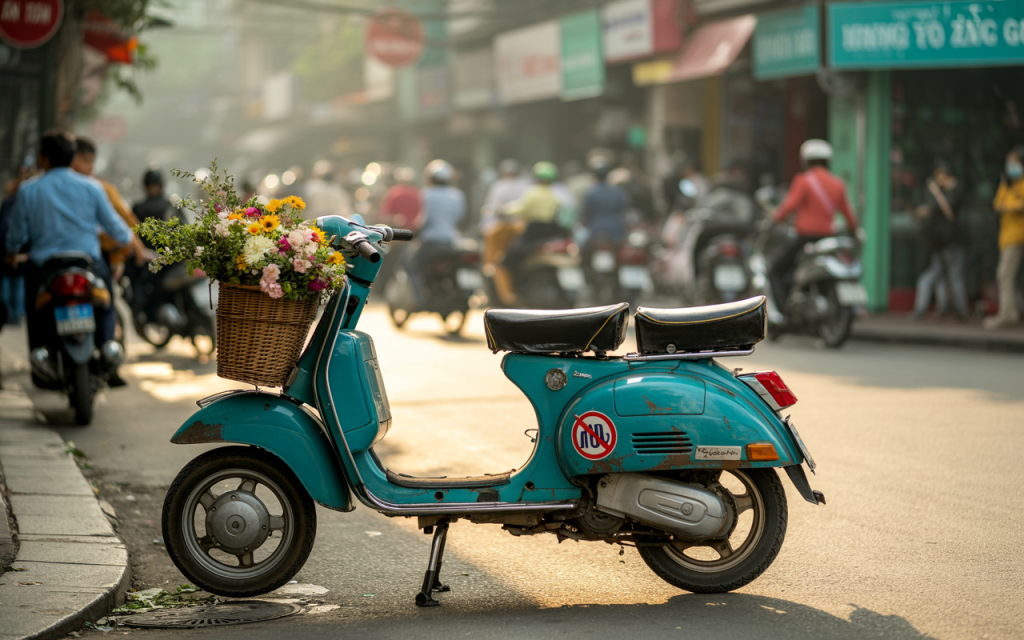
Mastering Vietnam’s transportation network transforms your Vietnam 2 Week Itinerary from stressful logistics into seamless adventures.
Domestic flights connect major cities in 1-2 hours, with VietJet and Bamboo Airways offering budget options ($40-80) that save precious vacation time. Book directly through airline websites to avoid booking fees and access exclusive deals.
Vietnam’s railway system offers romantic overnight journeys, especially the Hanoi-Ho Chi Minh City route. Soft sleeper berths ($45-65) provide comfortable beds, while hard seats cost just $25-35 for shorter routes. Book through Vietnam Railways’ official website or reliable agents like 12go.asia to avoid scams.
Local transportation varies by city: Hanoi’s chaotic traffic requires patience, but Grab bikes cost just $0.80-2 for most trips. Ho Chi Minh City’s District 1 is walkable, though afternoon heat makes air-conditioned Grab cars ($2-5) worthwhile. Hoi An’s compact ancient town is perfect for bicycle exploration—rentals cost $2-3 daily.
Tom, a family traveler, noted: “Our Vietnam Trip Itinerary included a private driver for $40/day between Hue and Hoi An—split among four people, it cost less than bus tickets but included scenic stops!”
This flexibility proves invaluable when Visit Vietnam becomes about moments, not just destinations. Pre-arranged transfers through hotels often cost 20-30% more than booking directly with local operators, but provide peace of mind for nervous travelers.
Discover Vietnam’s Culinary Wonders: Food Experiences for Your Vietnam Voyage
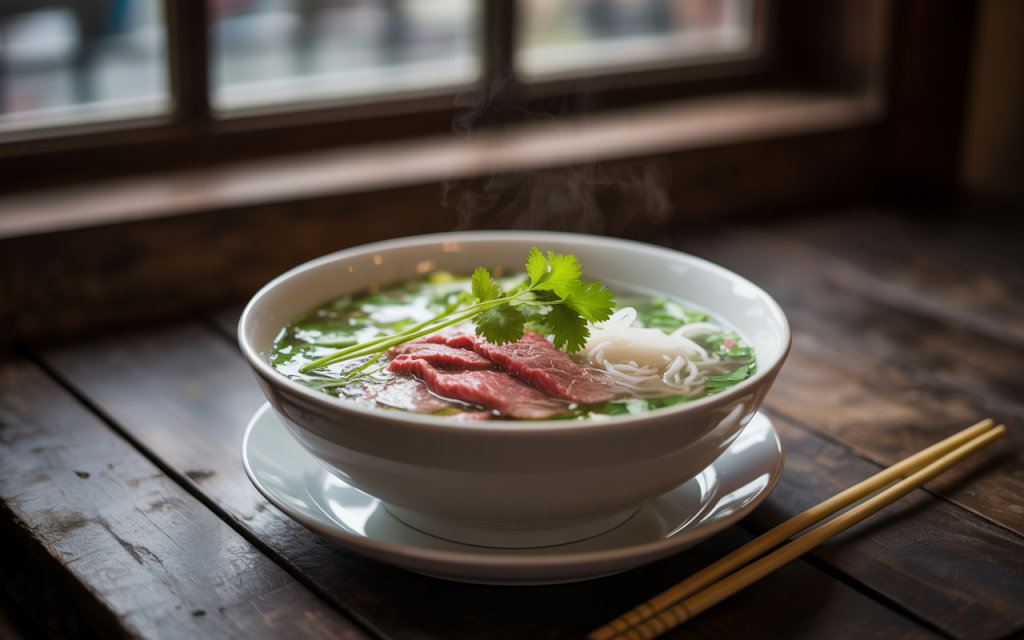
Your Vietnam Vacation remains incomplete without diving deep into the country’s extraordinary culinary landscape that extends far beyond pho and spring rolls.
Each region offers distinct specialties: northern Vietnam’s bun cha (grilled pork with noodles) costs $2-3 but delivers flavors that inspired Obama to dine at a humble Hanoi street stall in 2016.
Central Vietnam’s cao lau in Hoi An uses water exclusively from local Ba Le Well, creating a unique noodle dish impossible to replicate elsewhere.
Street vendors charge $1.50-2, while upscale restaurants ask $8-12 for the same authentic recipe. Hue’s royal cuisine reflects imperial history through elaborate dishes like banh khoai (crispy pancakes) and bun bo Hue (spicy beef noodle soup).
Southern Vietnam’s fresh ingredients shine in ho tieu (clear noodle soup) and banh mi varieties that cost $0.75-2 from street vendors. Food tours range from $25-65 but provide cultural context that transforms eating into learning.
Anna, a food blogger, shared: “My 14 days In Vietnam included a cooking class with a Hoi An grandmother—$35 for recipes I still use at home, plus stories about her family’s restaurant surviving three wars!”
These personal connections elevate your Bucket Travel List from tourist activities to meaningful cultural exchange. Always carry stomach medication and choose busy stalls with high turnover for safety.
Uncover Cultural Etiquette Secrets: Respectful Travel Tips for Your Vietnam Holidays

Respectful cultural engagement transforms your Vietnam Trip from surface-level tourism into meaningful connections that enrich both you and local communities.
Vietnamese culture emphasizes harmony and face-saving, so avoid public confrontations or loud complaints—private, polite discussions resolve issues more effectively while preserving everyone’s dignity.
Temple etiquette requires modest dress: cover shoulders and knees, remove shoes before entering sacred spaces, and never point feet toward Buddha statues.
Many temples offer free sarongs for underdressed visitors, but bringing appropriate clothing shows respect. Photography restrictions vary—always ask permission, especially when people appear in shots.
Business cards and gifts require two-handed presentation with slight bows, reflecting Confucian respect traditions. When invited to homes, bring flowers, fruit, or small gifts from your country. Remove shoes at entrances and wait for seating arrangements—elders and guests receive priority positioning.
Mark, a cultural enthusiast, discovered: “Learning basic Vietnamese phrases like ‘xin chào’ (hello) and ‘cảm ơn’ (thank you) opened doors literally—locals invited me for family dinners three times during my Asia Travel Itinerary!”
Bargaining is expected in markets but should remain friendly and respectful. Start at 50-60% of quoted prices, but accept reasonable final offers gracefully.
Tipping isn’t mandatory but 5-10% appreciation in restaurants and $1-2 daily for hotel housekeeping shows gratitude for good service while supporting local workers fairly.
Experience Safe Travel in Vietnam: Health and Safety Essentials for Your Asia Trip
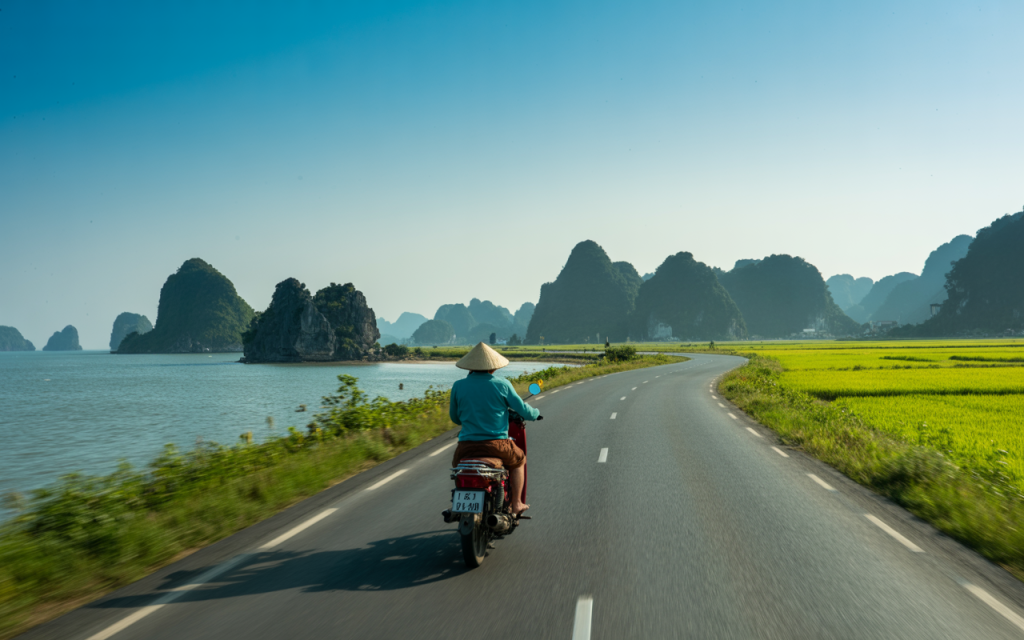
Safety concerns shouldn’t overshadow your Vietnam Travel Tips, but smart preparation ensures worry-free exploration. Vietnam ranks among Asia’s safest destinations, with violent crime against tourists extremely rare.
Petty theft in tourist areas poses the primary concern—secure valuables, avoid displaying expensive electronics, and use hotel safes consistently.
Health preparations begin weeks before departure. Hepatitis A/B, typhoid, and Japanese encephalitis vaccinations provide essential protection, while malaria prophylaxis isn’t necessary for most tourist areas.
Dengue fever prevention focuses on mosquito avoidance: use DEET repellent, wear long sleeves during dawn/dusk, and choose accommodations with air conditioning or proper screening.
Water safety requires caution: stick to bottled water ($0.30-0.50), avoid ice in rural areas, and choose busy restaurants with high food turnover. Stomach issues affect 30-40% of travelers, so pack probiotics, anti-diarrheal medication, and oral rehydration salts.
Traffic presents the biggest daily risk—motorcycle accidents cause most tourist injuries. Wear helmets always (legally required), avoid driving during rain, and consider hiring experienced local drivers for longer routes. Grab bikes include helmets and insurance, providing safer alternatives to independent rentals.
Jennifer, a solo female traveler, reported: “My Vietnam 14 days Week Itinerary included solo motorbike rides through rural areas—locals consistently helped with directions and mechanical issues.
Vietnamese hospitality made me feel safer than in many Western cities!” Trust your instincts while remaining open to authentic cultural exchanges.
Explore Smart Packing for Vietnam: What to Bring for Your Perfect Vietnam 14 Days Itinerary

Strategic packing for your Traveling To Vietnam adventure requires balancing Vietnam’s diverse climates, cultural expectations, and practical realities that catch unprepared travelers off-guard.
Vietnam’s tropical climate demands lightweight, quick-dry clothing, but northern regions and mountain areas require warm layers from December through February.
Essential items include: universal power adapter (Type A, C, G plugs), portable phone charger, mosquito repellent with DEET, basic first-aid supplies, and hand sanitizer.
Vietnam’s humidity ruins leather goods quickly, so choose synthetic materials for shoes and bags. Waterproof phone cases prove invaluable during sudden tropical downpours common throughout your Vietnam Voyage.
Clothing strategy focuses on modesty and practicality: long pants and covered shoulders for temple visits, lightweight rain jacket (umbrella purchases cost $3-5 locally), comfortable walking shoes with good grip for wet marble temple floors, and sandals for beach destinations. Avoid expensive jewelry or watches that attract unwanted attention.
Tech considerations include Vietnamese SIM cards ($5 for 30GB data), offline map downloads, and translation apps. Many accommodations provide basic toiletries, but Western brands cost 200-300% more than home prices.
Rachel, a minimalist traveler, advised: “I packed one carry-on for my entire Vietnam 2 Week Itinerary—buying local clothes ($3-8 each) became part of the cultural experience while supporting local artisans!”
This approach reduces luggage stress while creating authentic shopping opportunities that enhance your Comer See cultural immersion beyond typical tourist souvenirs.





